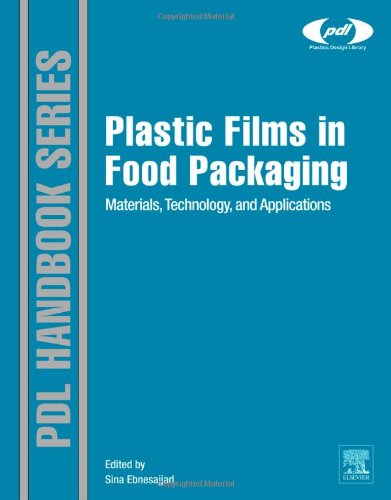

Most ebook files are in PDF format, so you can easily read them using various software such as Foxit Reader or directly on the Google Chrome browser.
Some ebook files are released by publishers in other formats such as .awz, .mobi, .epub, .fb2, etc. You may need to install specific software to read these formats on mobile/PC, such as Calibre.
Please read the tutorial at this link: https://ebookbell.com/faq
We offer FREE conversion to the popular formats you request; however, this may take some time. Therefore, right after payment, please email us, and we will try to provide the service as quickly as possible.
For some exceptional file formats or broken links (if any), please refrain from opening any disputes. Instead, email us first, and we will try to assist within a maximum of 6 hours.
EbookBell Team

5.0
50 reviewsThe value of the groceries purchases in the USA is over $500 billion annually, most of which is accounted for by packaged foods. Plastic packaging of foods is not only ubiquitous in developed economies, but increasingly commonplace in the developing world, where plastic packaging is instrumental in decreasing the proportion of the food supply lost to spoilage.
This new handbook is a combination of new material and updated chapters, chosen by Dr. Sina Ebnesajjad, from recently published books on this subject. Plastic Films in Food Packaging offers a practical handbook for engineers, scientists and managers working in the food packaging industry, providing a tailor-made package of science and engineering fundamentals, best practice techniques and guidance on new and emerging technologies.
By covering materials, design, packaging processes, machinery and waste management together in one book, the authors enable the reader to take a lifecycle approach to food packaging.
The Handbook addresses questions related to film grades, types of packages for different types of foods, packaging technologies, machinery and waste management. Additionally the book provides a review of new and emerging technologies. Two chapters cover the development of barrier films for food packaging and the regulatory and safety aspects of food packaging.